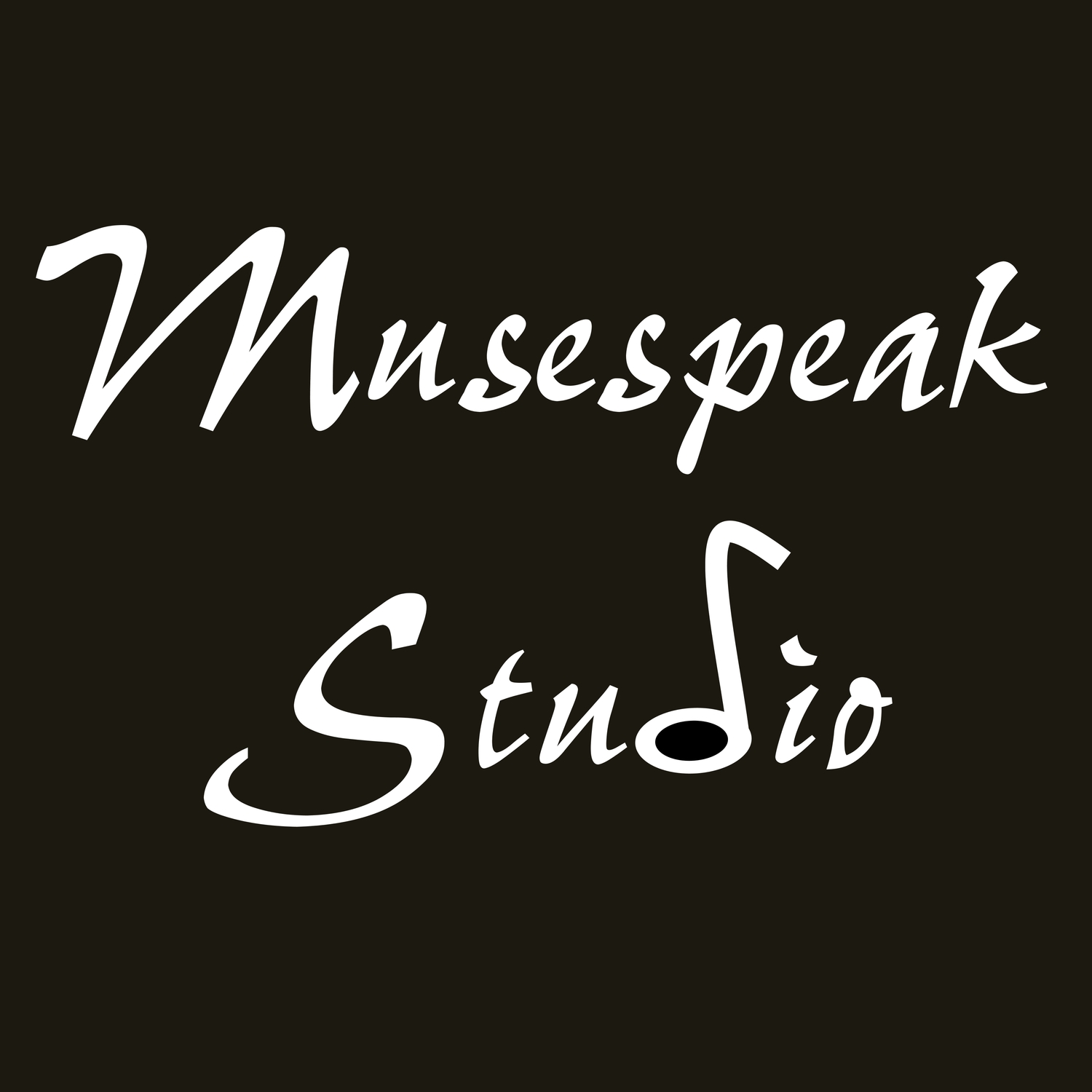Continuing on with where I left on in Day 6 of my Musicians and Progressives Experiment... (5:00 - 6:15 PM) Noticed that if I did everything at "granny speed", no nausea. Even nodding and shaking my head at normal speed was an issue as far as nausea goes.
(6:30 PM) Took advantage of a non-nauseated moment to eat supper. Soup and rice - AGAIN! Have I mentioned how tired I am of eating nothing but soup & rice?
(7:25 PM) Friend is driving us to choir practice. If I close my eyes, I don't feel like throwing up. Great, so now I can't even be a passenger with progressives on?
(7:50 PM) I start the rehearsal with the progressives on. Warm-ups are difficult. It's the same feeling I got when driving. Although I can play these without looking at the keys, I must look directly at Eugenia, our conductor, to be in focus. In doing so, I kink my vocal chords, which is a recipe for injury as far as singing goes.
In this clip, I start by having my eyes move naturally (for a musician). Eyes on the music, looking through the peripheral for cues from the conductor and taking quick peeks as needed at the keyboard. Not good. Nausea is really ramping up at this point.
Then, I try moving my head so that whatever I want to focus on, is in focus. That is just as bad. You may want a barf bag handy to watch that part.
In both cases, too many compromises were made: dropped notes, dropped beats, that feeling of not being completely in sync with the ensemble.
(8:15 PM) Now that I've adjusted to having my "normal" glasses on, I can play normally. With quick peeks down through the periphery, with a slight adjustment of my head so I can view Eugenia, the music and the keyboard with one glance. You can see that I don't need to move my head as much. I can keep my vocal chords aligned and sing while playing. No visual distortion. Ain't life grand.
Have I sufficiently demonstrated why so many musicians say that "progressives are useless" for reading and playing music? The distortion is in our periphery makes it impossible to function as a successful (even passable) working musician. We need our periphery to be without distortion. Period. I think I've also proven that I'm certainly NOT adapting to progressives. There is a positive correlation between the nausea I feel and the time I wear them for. Things are definitely becoming progressively worse with each passing day, pun intended. I can't drive. I can't teach properly. Nor can I read and play music successfully. Nor can I do computer work. I can't do Tai Chi. I can't even take a splinter out with them on. I'm limited to digestive cookies, soup and rice. Quality of life is severely diminished. I don't even want to try another type of progressive. I can't afford it - on any level. I'm not just talking about financially. I mean, physically, emotionally, mentally and spiritually as well. I'd much rather have single-vision lenses and just accept that my distance vision isn't going to be as good as it was 20 years ago. I want my peripheral vision to be non-distorted. I want to eat normally. I want things to go back to being normal. At this point, I close the experiment. I refuse to wear my progressives. I'm tired of torturing myself. I want my "non-adapt" lenses. Appointment is on Monday. It can't come soon enough. *** Special thanks to my friends in the 10:45 St. Patrick's Choir for their help!



